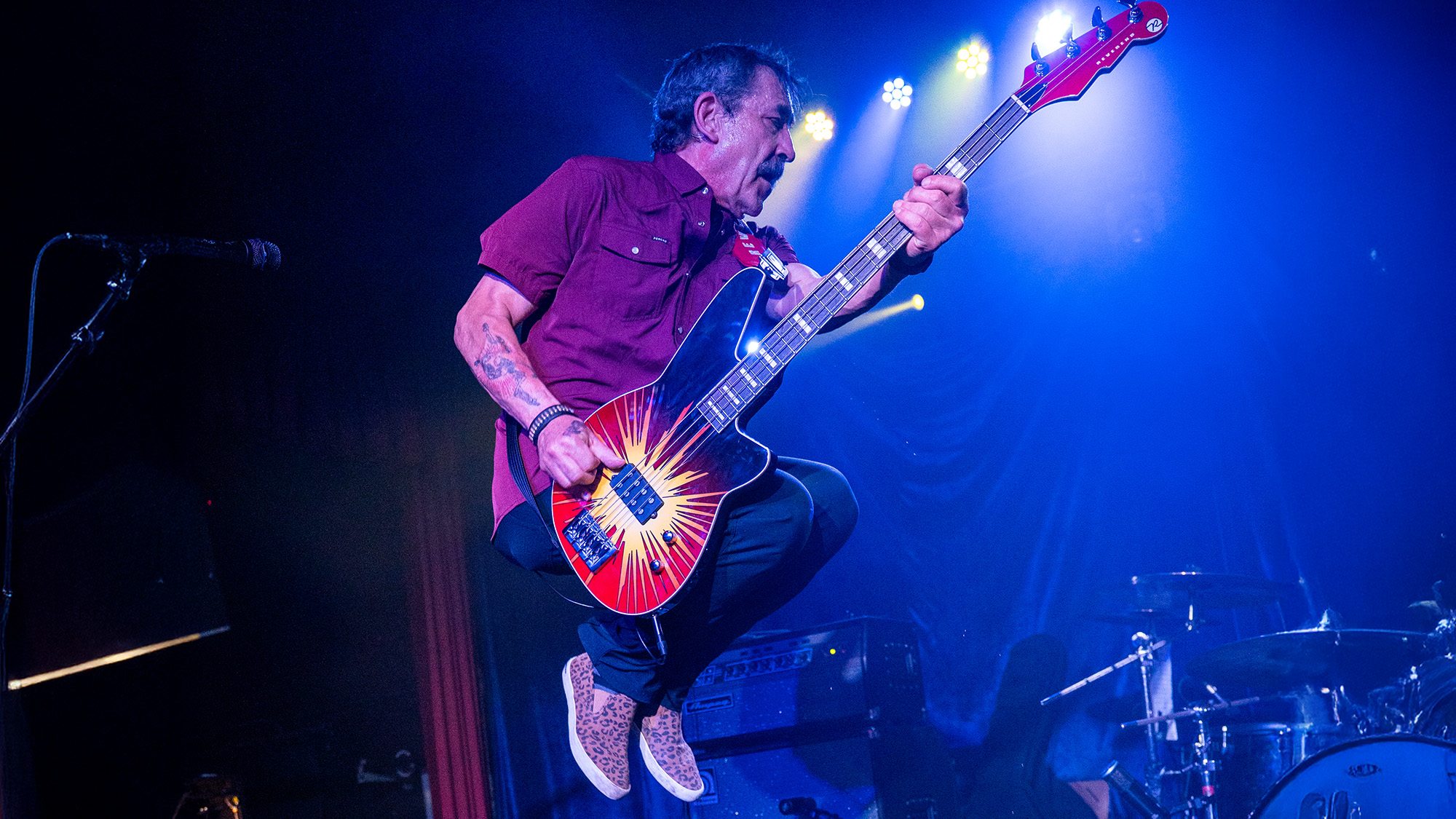“My hand was starting to swell up and blood was coming out of my ears. If I hadn't worked on that stuff, there's no way I could have done it”: Basil Fearrington breaks down his bassline on Roberta Flack and Donny Hathaway’s Back Together Again
Basil Fearrington tracked with a custom Carl Thompson that had become “almost impossible to play”

In the late '70s and early '80s, Basil Fearrington was the first call for a successful Philadelphia production team fronted by former Miles Davis sidemen James Mtume and Reggie Lucas. The duo penned several hits for Donny Hathaway and Roberta Flack, notably The Closer I Get to You and Back Together Again, which was the perfect vehicle for Fearrington.
“We had been working together in Roberta Flack's live band, so the chemistry was there,” Fearrington told Bass Player. “I got called because I had big ears and did what was asked. Mtume and Lucas didn't have to give the band much direction. We were their sound.”
The timeline of the Back Together Again session is equally as impressive. “I remember I had my hands full trying to fill up a waterbed one afternoon when Mtume called telling me to get down to the studio. I arrived at 5 o'clock, and he showed the band the tune – no charts, just Mtume playing it on keyboard. We ran it a few times and then started tracking. We were out by midnight.”
The track's dominant rhythmic figure came from Mtume's original keyboard idea. “I'd always start with Mtume's left hand, just to see if it was worth keeping. In this case, I ended up basing my part around that boom... da-boom ... da- boom figure.” It occurs right away, in the first bar.
On Back Together Again, what sounds like two different bassists – one playing the main fingerstyle line and the other slapping accents – is actually two tracks of Fearrington.
“At that time, slapping was not something I had developed. I remember being insulted the first time Mtume came up to me and said, ‘Hey man, you ever check out Louis Johnson?’ But that was the sound of the day. Mtume preferred to do it as an overdub because it sounded like two basses. But if it had been up to me, I probably would have left out the slap stuff.”
An early protégé and friend of bass icons Alphonso Johnson and Anthony Jackson, and a devout disciple of James Jamerson, Fearrington isn't afraid to cite their overwhelming influence when describing his approach. “A lot of times when I'm playing – even now, after what feels like a thousand years – I'm always thinking, ‘What would those guys do in this position?’”
All the latest guitar news, interviews, lessons, reviews, deals and more, direct to your inbox!
Fearrington points to the phrase that first appears in beat three of the second bar. “That lick, especially the sliding trill at the end, is straight from Alphonso. I heard him do it, thought it sounded slick, and worked it into the part.”
You’ll also notice how tricky it is to fly up the neck and make it back for the F# on the next downbeat. “Initially we tried to work it in as a pattern that happened every 'X' number of bars, but it was really hard to play over and over again. My hand was starting to swell up and blood was coming out of my ears, you know? Eventually, I just did it when it felt right.”

Fearrington also credits his frequent practice of scales and patterns in 4ths up and down the neck with giving him the necessary skills to pull off the lick. “If I hadn't worked on that stuff, there's no way I could have done it.”
Fearrington’s heroes Johnson, Jackson, and Jamerson – are all individualists with a singular style and sound, but Fearrington saw his role differently. “Anthony or Chuck Rainey can do their own thing because they're phenomenal, but in every situation, I've allowed myself to do whatever the producer wanted.
“Guys like Anthony Jackson would say, ‘Look, this part stinks and I can make it better.’ I never did that kind of thing. I didn't want to get the reputation as ‘the guy who can play his ass off, but…’ I didn't want there to be a ‘but’ about me.”
Fearrington tracked Back Together Again with a custom Carl Thompson 4-string that, in his words, had become “almost impossible to play” due to a variety of setup issues.
He came to the instrument via Anthony Jackson. “I was very close with Anthony. When he migrated away from Fender, so did I. The luthier he settled on was Carl, and I followed his lead. I had a 4-string and a piccolo bass that worked great for a while, until the intonation and string height went crazy.”

